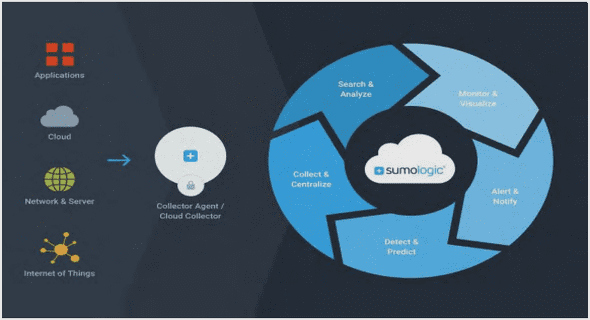In our day to day lives, there are many different things that are taken for granted. This is the case of exotic fruits, fish, meat, exclusive drinks in the supermarket, flowers. In addition, traveling is made fast for various purposes, such as to cross the globe in order to meet colleagues in conferences, visit loved ones, take vacations, or knowing that an organ can help our lives in less than a day of travel in case of an emergency.
There are goods that require extreme care in order to arrive quickly and safely to our cities. These goods are diverse, such as specialized machinery, high sensitive microchips, chemicals oils, among many others. These goods allow economic growth and development (ATAG, 2016) (Boeing, 2016b). All their transportation is possible due to aviation.
In the early 1900s, the traveling from Europe to America would take around 5 days. Nowadays cruises slowed it down a little bit to allow passengers to enjoy their trip for 7 days (New York, USA to Southampton, UK). However, for a business trip, for someone that is time constrained, or for perishing/urgent goods, this is a long time considering that a flight from New York to London takes roughly 7 hours. The same time consideration is true for a continental flight within the US and Canada, driving a car from Montreal to Vancouver would take a non-stop trip of 46 hours, while taking a flight would take around 5h30m. Even in the presence and acceptance of strict regulations, aircraft remain the safest way of traveling.
As aviation is the most convenient way of traveling, it has allowed connecting the world in ways that no one in history could imagine. This way has brought as a consequence the exchange of ideas, better understanding of other cultures, human development, commercial exchange, and economy growth. Lives have been saved due to rescue missions, it sets the basis of space conquest, and it is fundamental for national defense systems (ATAG, 2005).
However, as all in life, it comes with a price: huge quantities of fossil fuel are required to power a flight, thus it pollutes.
INTRODUCTION |


